In today’s rapidly advancing technological universe where artificial intelligence permeates various aspects of life, the fusion of AI with creative disciplines has begun to spark profound changes. OpenAI’s groundbreaking launch of the gpt-image-1 model highlights a transformative moment in digital image generation. This advancement extends beyond simple functionalities; it heralds a paradigm shift in how brand identities are visually crafted and communicated. As businesses harness this innovation alongside established styles—such as the captivating allure of Studio Ghibli aesthetics—they find themselves at a crossroads of creativity and commerce. The potential impacts of such technologies are tantalizing yet daunting, engaging the minds of entrepreneurs and creators alike.
The Dollar Value of Creativity
What makes this technological leap noteworthy isn’t merely its innovative prowess but its financial implications. OpenAI’s pricing structure—whereby text generation costs a reasonable $5 per million tokens while image generation commands a steep $40—creates a noteworthy divide that merits attention. Such a pricing scheme may incentivize larger corporations to swiftly adopt these tools, but it simultaneously raises critical concerns about accessibility for smaller entities and startups trying to carve out their niche. For many businesses, particularly those just starting, the costs associated with developing unique visual branding can be prohibitive, potentially stifling creativity instead of unleashing it. Meanwhile, competitors such as Stability AI are responding with more flexible, credit-based pricing models that could democratize access to these remarkable capabilities.
The Cultural Impact of AI-Generated Images
The sheer volume of engagement with AI-generated imagery speaks volumes. OpenAI’s report of over 130 million users and 700 million images produced within a mere week accentuates society’s growing affinity for this technology. On one hand, it’s thrilling to witness such enthusiasm; yet, one cannot help but ponder the long-term ramifications of this explosive trend. The predominance of trending motifs, especially those derived from beloved cultural icons, risks engendering creative homogenization. When everyone engages with the same popular themes, originality may drown in a sea of repetition. In an era that should be heralding diversity, these emerging technologies must not reduce artistic expression to predictable formulas.
Streamlining Creative Processes
From a practical standpoint, integrating the gpt-image-1 model with existing workflows is a game-changer for businesses striving for efficiency. With platforms like Canva and GoDaddy exploring the technology’s potential, companies gain the ability to generate vibrant, tailored visuals without navigating cumbersome design software. Such innovations liberate users by cutting down on the steep learning curves usually associated with graphic design, facilitating a more intuitive creative process. Advancements that empower users with agility in their brand storytelling signify a future where creative expression is boundless and accessible.
The Crucial Need for Authenticity
In a world already plagued with misinformation, OpenAI’s initiative to embed metadata in AI-generated images is a responsible advancement that acknowledges the grave risks associated with digital manipulation. By designating AI-generated content, the company promotes transparency—something crucial in a time when trust in digital media is continually eroded. This proactive stance toward authenticity may set a new standard within the industry, urging other creators and companies to consider the ethical implications of the technologies they employ. Upholding ethical AI development reinforces the notion that technology, when leveraged thoughtfully, can be both innovative and responsible.
Challenging the Boundaries of Creativity
While the debut of the gpt-image-1 model opens an expansive doorway of possibilities, it concurrently presents critical challenges that warrant cautious navigation. As creators and businesses interlace AI-generated imagery into their offerings, they must grapple with concerns pertaining to originality and artistic integrity. The balance between leveraging technological advances and respecting human creativity will be imperative. Furthermore, OpenAI’s resolve to responsibly manage these challenges serves as a litmus test, paving the path for future innovations in the realm of AI-generated visuals.
In this intricate dance between technology and artistry, the conversation surrounding AI’s societal implications serves as a clarion call for vigilance and consideration in implementation. As we propel ourselves forward into this brave new world, the stakes are both exhilarating and daunting—a reminder that with great power comes immense responsibility.
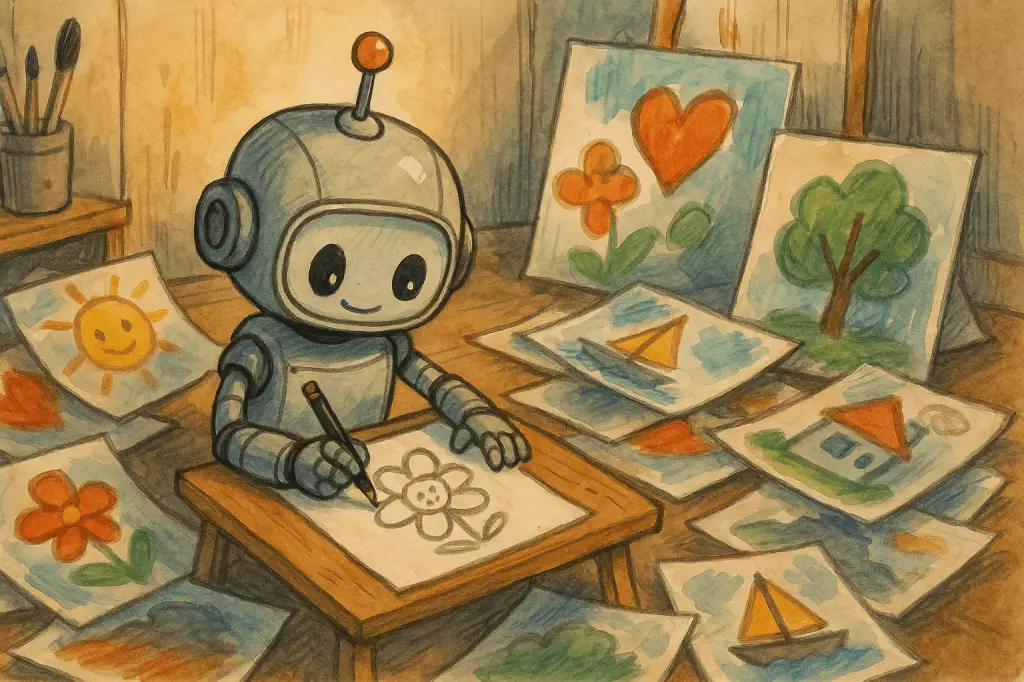
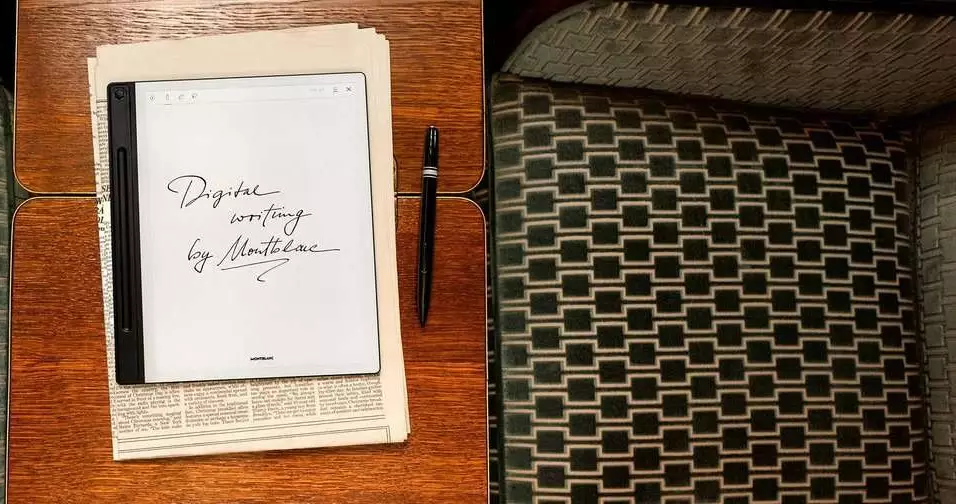
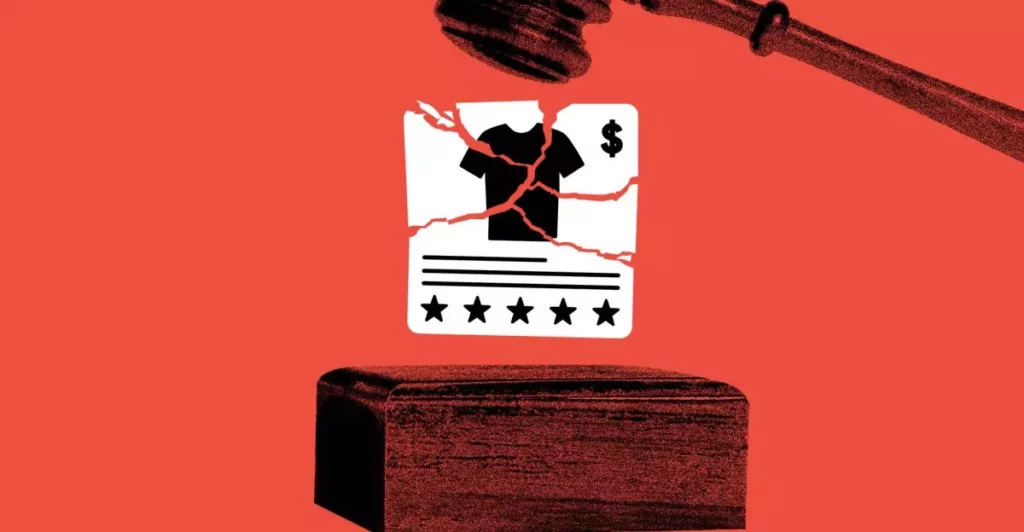
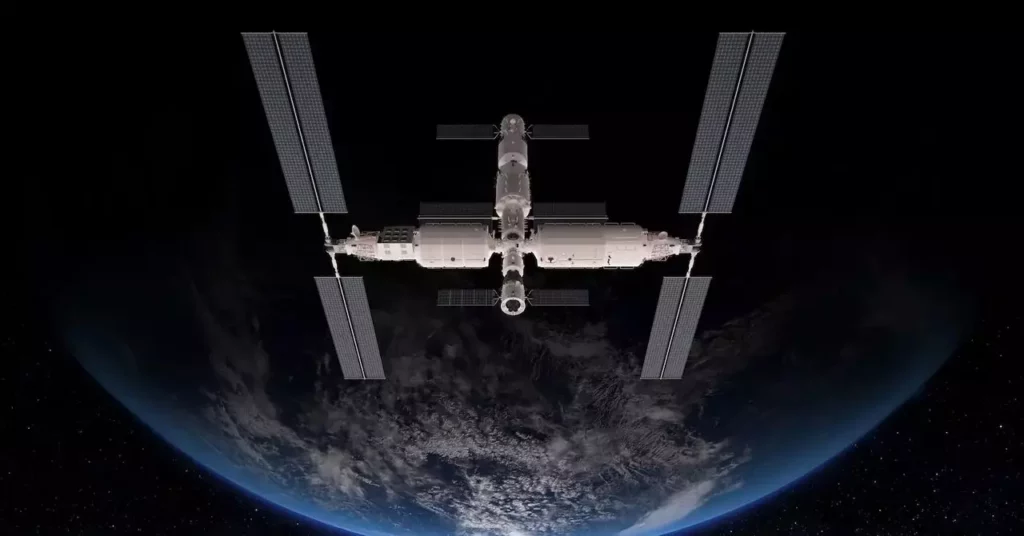
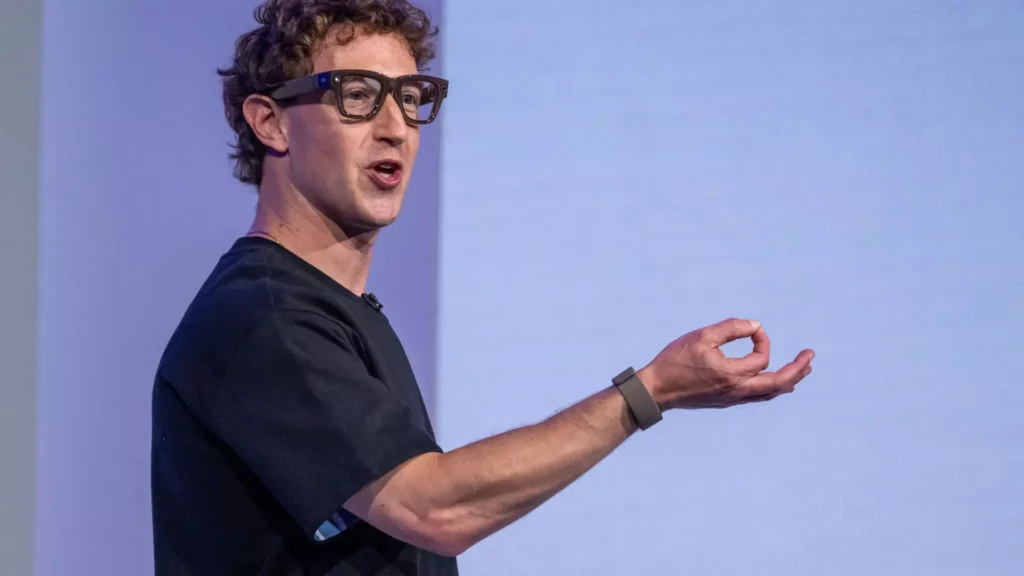

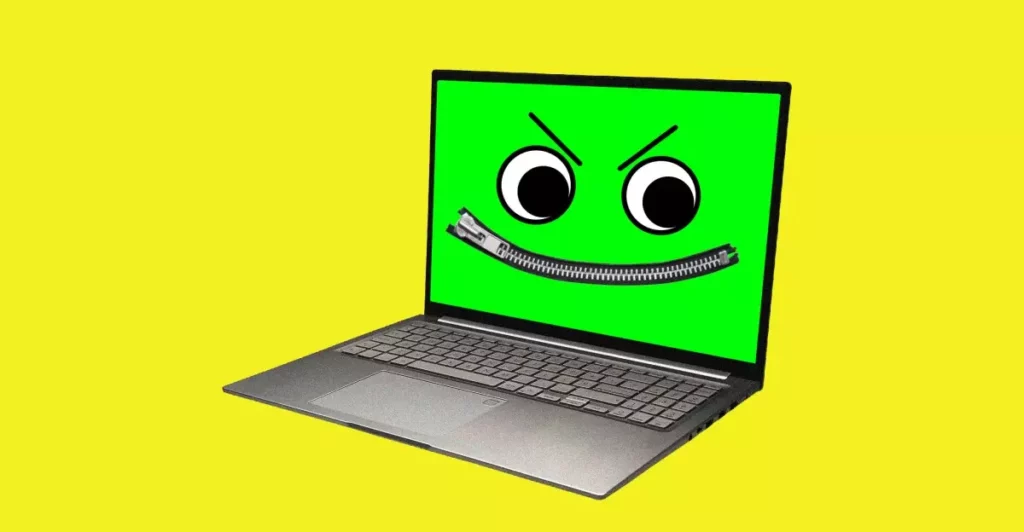
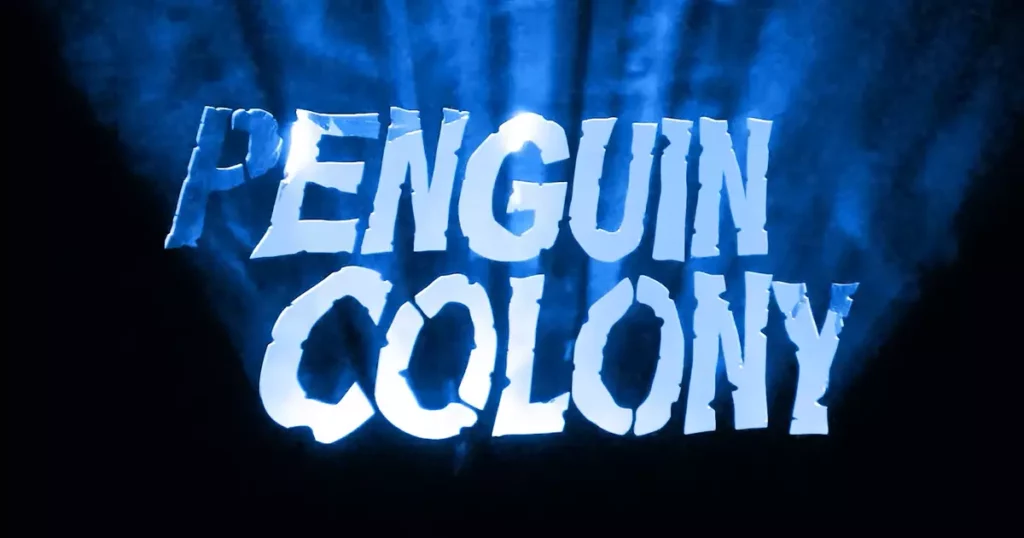

Leave a Reply